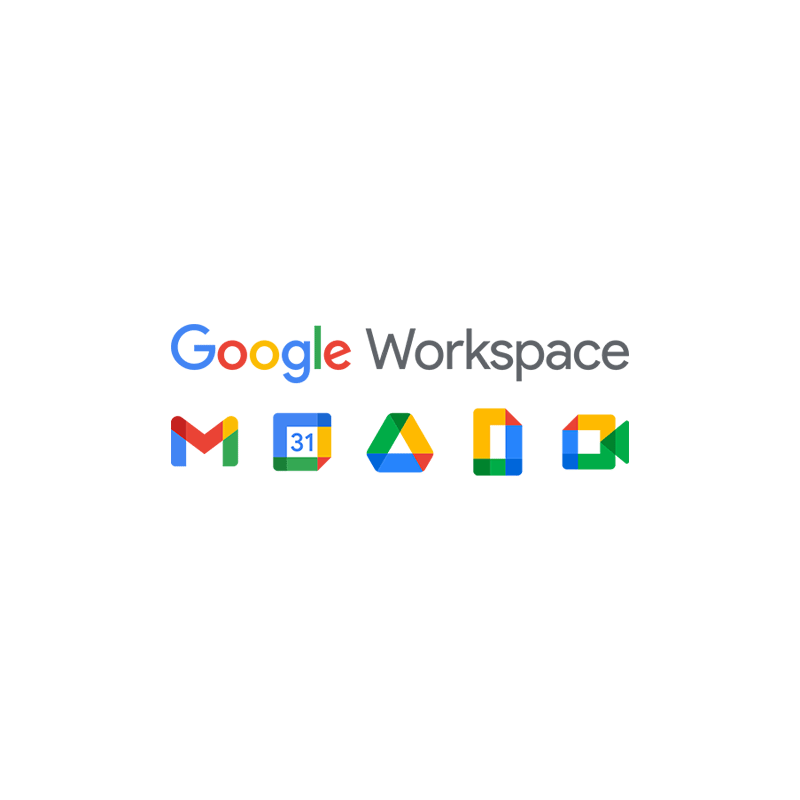
It has long been known that Google has products that suffer from identity crisis, as their functions often overlap one another.
But no, not this time. This is because Google is trying to make them better by combining their best features. At its Workspace suite of apps and services (Google's paid-tier of business Google accounts, formerly called 'G Suite'), Google wants users to experience a more modern Gmail, Docs, Chat and Meet, all in one place.
To do this, Google unifies them. mostly using a single tab, like for example, with chats sliding over to the left to reveal a shared spreadsheet.
Google said that Workspace apps have more than three billion users, considering that most of them are Google users with Google Accounts and Gmail.
And this time, Google is making this Workspace suite of apps and services available for everybody with a Google Account.
To get started, Google is officially introducing the integration as a setting within Gmail, where users can turn on Google Chat.
It's worth noting that Google is also announcing the “evolution of Rooms in Google Chat to Spaces.”
A Space is essentially the same thing as a chat Room, but Google wants to separate them out into their own top-level form of communication next to Gmail, Chat, and Meet.
Google is layering on a few new features, like improved message threading, more emoji reactions, user roles, moderation tools, and "discoverable" spaces. This is because Google wants Spaces to serve both as a Slack competitor, and as a competitor for public Discord groups.
While this is showing that Google products still suffer from some sort of identity crisis, it's actually par for the course for Google’s messaging strategy.
The move follows Google's previous move, which turned Gmail from a simple email app into a "single, integrated experience" where users could send email, chat, work on a Google Doc, and make video calls, all from one browser-based super-app.
The unified Gmail UI mostly takes the form of a segmented sidebar design with all sorts of Google apps in it.
The idea, according to Sanaz Ahari, Senior Director of Product, and Communication Products across Google Workspace and Android/Pixel, is that users can easily switch between “modalities” of communication.
The intention is to “keep the context,” Ahari explained.
And Google has chosen to introduce this unification, as the demand for remote working following the 'COVID-19' coronavirus pandemic is still high.
“If you start something with an email and then you want to upgrade it into more real-time interaction between a group — or even for a project — you’re able to do that and you can keep the context. Then you can all seamlessly upgrade into a meeting at the same time.”

In the past, Google has launched (and then terminated) a lot of chat apps over the years.
From Google Talk, Voice, Buzz, Disco, Google+ Messenger, Hangouts, Spaces, Allo, and more.
One however, managed to keep running throughout the uncertainty. And that product is the original Google Talk, the app that was then upgraded to Google Hangout in 2013. It's this Google Hangout that is seeing update to Google Chat.
And Google in rolling out the new Google Chat to everyone, is its first step into eliminating the identity crisis its messaging apps have long suffered.
Google Workspace has been rapidly updating and iterating over the past few months, a sign that Google is really intending to compete with Microsoft and Zoom.
But instead of facing them heads on, Google's strategy is to not only improve its products, but to also integrating them together.
Knowing that its Gmail product is the most popular free email service in the world, Google's strategy is to introduce Gmail's billions of users to Workspace products.